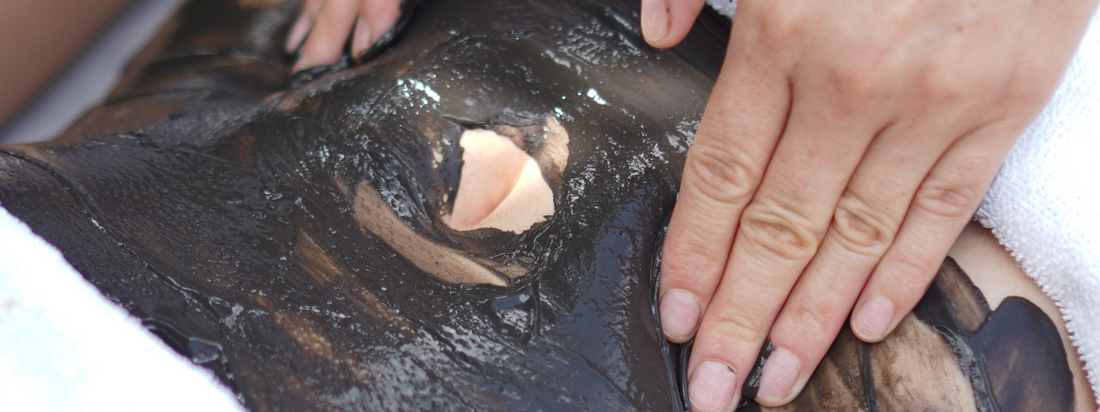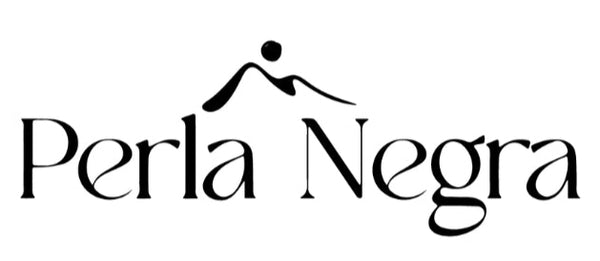
Volcanic clay and its healing elements
Share
Healing Properties of Clay
Clay is the most commonly used material in geotherapy, thanks to its absorbent and temperature-regulating effects, in addition to its anti-acid and healing properties.
Its absorbent capacity is demonstrated by its ability to take toxic substances from the skin or wounds and absorb them, facilitating healing and the elimination of toxic substances from the skin. One of its applications is the treatment of juvenile acne.
Clay poultices
Clay also has a great ability to conduct heat, which makes it useful in poultices that are placed on the affected part. Clay poultices can be cold or hot, depending on the patient's needs: if the condition causes the skin to be hot and congested, the clay dressing will be cold; however, when it comes to providing heat to a poorly toned organ, it is best to apply a hot dressing.
Clay poultices are nothing more than a mixture of clay and water in the form of a pasty mass, which should be applied to the skin in a thin layer. When applied to a hot skin surface (an abscess, trauma, etc.) the water in the poultice evaporates, and in this evaporation process the body's heat is consumed, leaving the skin cool and relaxed. Due to its refreshing properties, the cooling of the area as the clay paste dries relieves the pain of sprains and strains.
As soon as the layer of clay that has been applied to hot skin dries, it should be replaced with a new one so that the beneficial effect continues.
This property was used in ancient times to determine the most appropriate place where the doctor should cut the skin when trying to bridle an abscess: the thin layer of clay dried first on the part of the skin that is warmer and this indicated the most active place of infection and, therefore, the area where he should cut and open the abscess.
Clay baths
Many spas now recommend clay baths. They use a very fine clay, diluted in a lot of water, so that it is not a thick paste, but a semi-liquid mixture in which it is possible to immerse the whole body, leaving the head outside. Often it is not necessary to immerse the whole body, but only the part affected by the disease (arthritis, rheumatism, skin diseases, pain after a fracture or sprain, etc.).
Clay baths are indicated for many ailments, but are especially useful for those affecting the joints, such as rheumatoid arthritis, rheumatism, gout, etc. They are also used to treat abscesses, boils, sores and ulcers.
